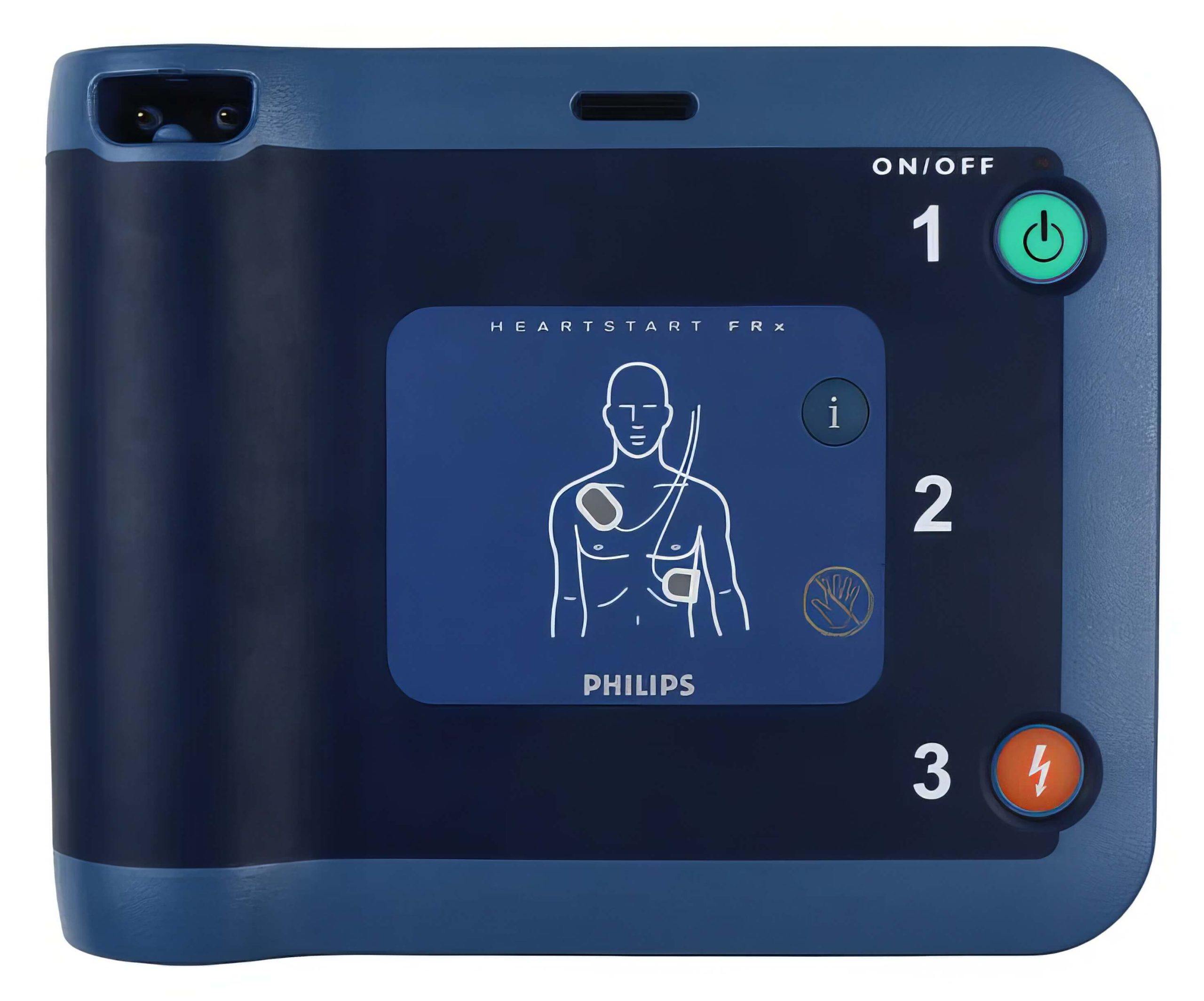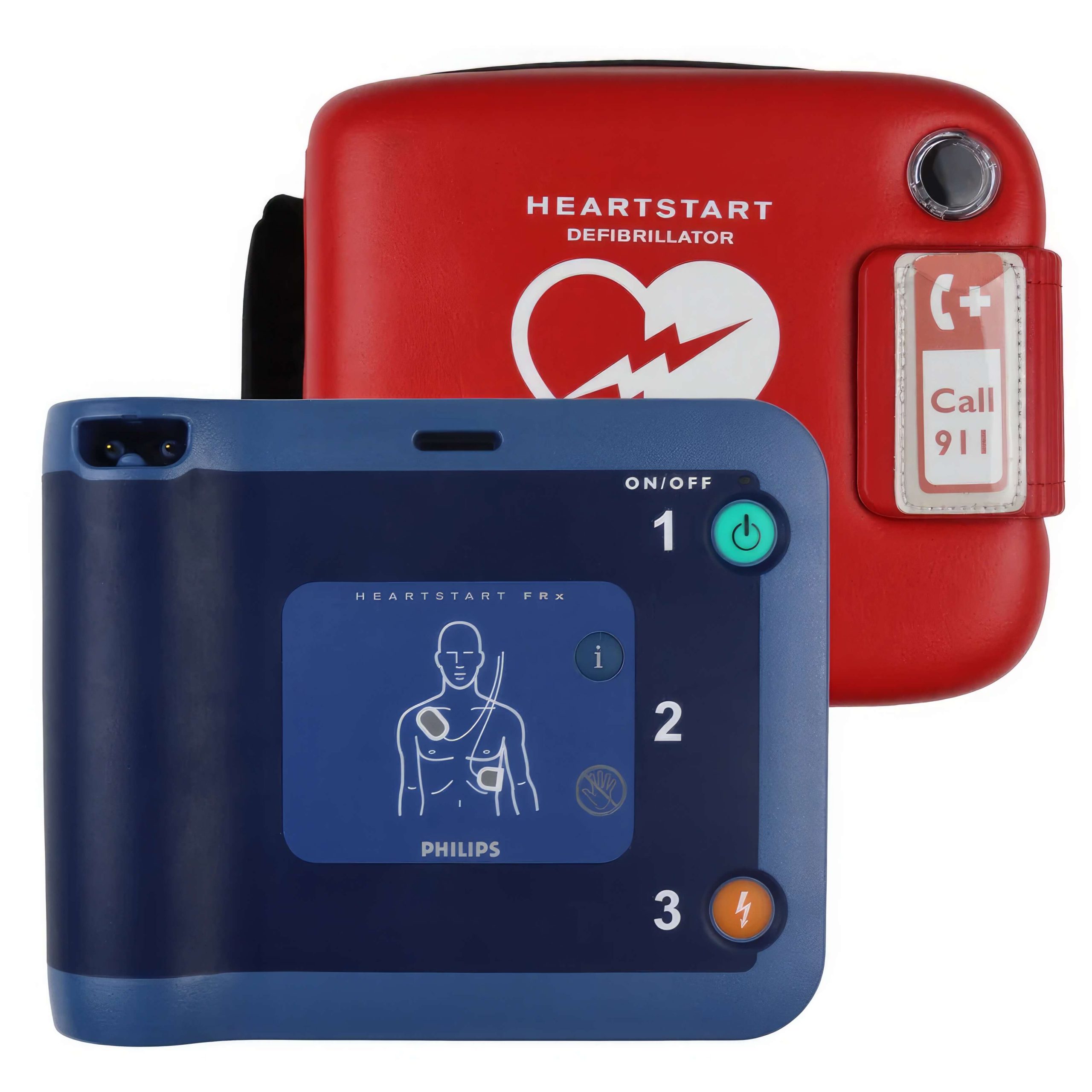AEDs Available at Auxo Medical
When it comes to emergency preparedness, having reliable Automated External Defibrillators (AEDs) is crucial for saving lives during sudden cardiac arrest incidents. At Auxo Medical, we understand the importance of providing top-tier AED solutions that are easy to operate, dependable, and suited for a variety of settings — from workplaces to public venues and healthcare facilities.
In this article, we’ll explore the high-quality AED options available at Auxo Medical, highlight their key features, and share practical use cases to help you make informed decisions about your life-saving equipment needs.
Why Choose AEDs from Auxo Medical?
We carry a comprehensive selection of AEDs, including brand new, reconditioned, and refurbished units from leading manufacturers such as Philips, HeartSine, Cardiac Science, and Zoll. All our AED units are rescue-ready, equipped with easy-to-follow visual and voice prompts that guide users through the process, even in chaotic situations. Our devices are designed to be user-friendly, making them suitable for both trained responders and untrained bystanders.
Top AED Models Available at Auxo Medical
Philips Heartstart FRX AED
- The Philips Heartstart FRX AED is renowned for its durability and intuitive design. This state-of-the-art defibrillator is lightweight and portable, making it ideal for a variety of environments such as schools, gyms, and workplaces. It features an optional infant/child key, allowing the use of adult pads on pediatric patients, ensuring versatility in emergency situations. Its clear voice prompts and visual cues help guide users step-by-step during a cardiac emergency.
Philips OnSite AED
- The Philips OnSite AED is designed for straightforward operation, emphasizing ease of use. When activated by pulling the handle, it provides guided audio instructions to assist even untrained responders. Its SMART Biphasic technology ensures effective shock delivery, making it a reliable choice for public spaces and small businesses.
Cardiac Science Powerheart G5 New, ICPR, Semi-Auto
- The Cardiac Science Powerheart G5 features advanced technology and is loaded with capabilities to improve survival chances. Its semi-automatic operation and dual-language support make it suitable for diverse environments, including hospitals, sports arenas, and large venues.
Fully Automatic Zoll AED Pro
- The Zoll AED Pro is an advanced device that offers real-time CPR feedback through its Real CPR Help feature. This AED is perfect for emergency responders and healthcare providers who need a highly reliable and sophisticated defibrillator with comprehensive features.
Powerheart AED G3 Plus
- The Powerheart AED G3 Plus features the RHYTHMx analysis algorithm, allowing first responders to proactively monitor for life-threatening arrhythmias. Its RescueCoach™ voice prompts guide rescuers through each step, reducing hesitation and improving response times.
Heartsine Samaritan PAD 350P AED
- The Heartsine Samaritan PAD 350P offers an easy-to-use interface with clear prompts and analysis. Its compact size makes it suitable for small spaces and mobile use, such as security patrols or transport vehicles.
Zoll AED Plus
- The Zoll AED Plus stands out with its Real CPR Help feature, providing real-time feedback on compression depth and rate. It’s ideal for settings where high-quality CPR can significantly influence outcomes, such as EMS agencies and hospitals.
Philips HeartStart OnSite
- The Philips HeartStart OnSite is designed with the layperson in mind. Its simple setup, lightweight design, and reliable performance make it a top choice for small organizations and public access points.
Use Cases for AEDs from Auxo Medical
Schools and Educational Facilities: AEDs like the Philips Heartstart FRX or Philips OnSite can be strategically placed in hallways, gyms, and cafeterias to ensure quick access during emergencies.
Workplaces: Having AEDs such as the Powerheart G3 Plus or Zoll AED Pro on-site can significantly improve response times during sudden cardiac events, especially in high-stress environments.
Public Venues: Stadiums, malls, and community centers benefit from compact, easy-to-use AED units like Heartsine Samaritan PAD or Philips HeartStart, which are accessible and straightforward for staff and visitors.
Healthcare Settings: Advanced AEDs like the Zoll AED Pro are perfect for emergency response teams in hospitals and clinics, providing real-time feedback and detailed data for post-event analysis.
Why Purchase Your AEDs from Auxo Medical?
We are committed to offering only the best AED units—whether brand new, reconditioned, or refurbished—to ensure your safety needs are met with reliability and affordability. All our equipment is rescue-ready, comes with comprehensive instructions, and is backed by our expert support team. Whether you need a single device or a bulk order for an organization, we’re here to help you find the perfect AED solution.
Get Your AED Today!
Preparedness is key to saving lives. Browse our full selection of AEDs here and contact us for personalized assistance or bulk pricing options. At Auxo Medical, your safety is our priority.
-
Philips Heartstart FRX AED w/ Wall Mount Box
The Philips HeartStart FRx AED is a state-of-the-art defibrillator, notable for its durability and user-friendly design. Backed by a 1-year manufacturer's warranty, this model uniquely offers an optional infant/child key, enabling the use of adult pads on pediatric patients. Lightweight… -
Cardiac Science Powerheart G5 New, ICPR, Semi-Auto, Dual Language
The Powerheart G5 is Cardiac Science's latest addition to their line of automated external defibrillators (AED or AED Machine). The G5 is loaded with capabilities to allow professional and lay responders to give a patient their best chance of surviving… -
Fully Automatic Zoll AED Pro
ZOLL Fully Automatic AED Pro with AED Cover, CPR-D-padz® Electrode, ZOL8000-0860-01 AED Pro Non-Rechargeable Lithium Battery, and Carry Case Operator's Guide Included The ZOLL Fully Automatic AED Pro is an advanced medical device that provides life-saving assistance in emergency situations.… -
Philips HeartStart Onsite
Philips® designed the HeartStart® OnSite Defibrillator for the ordinary person in the extraordinary moment. The HeartStart® is designed to be the easiest to set up and use and the most reliable defibrillator available. Philip’s innovative technology, based on extensive research…



